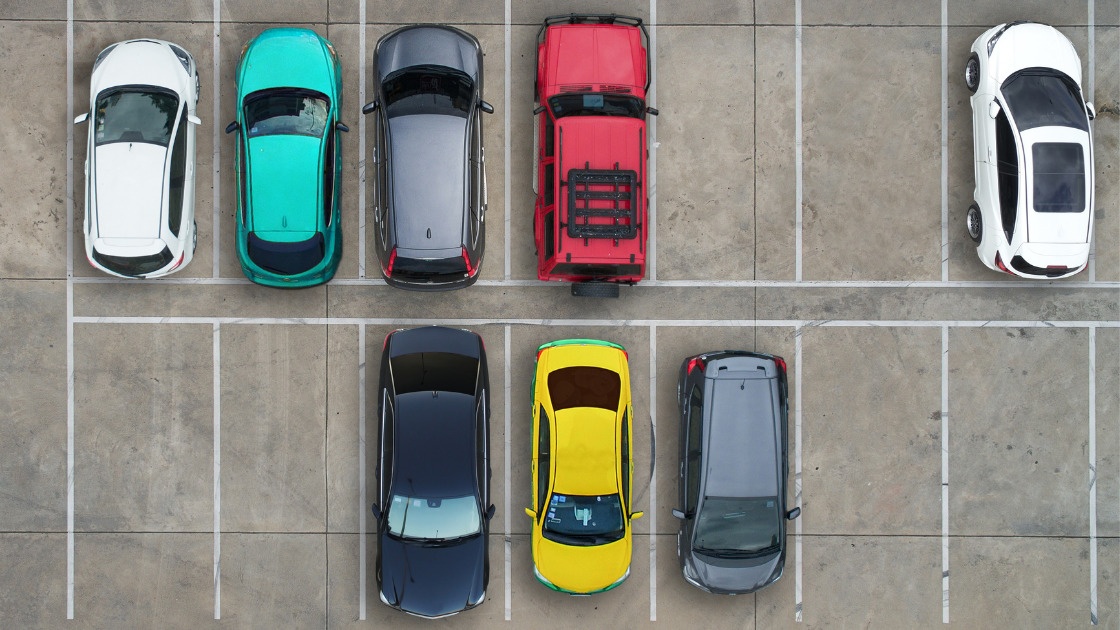Where Is It Illegal to Park a Car?
Some people might be wondering where it’s illegal to park a vehicle in BC. After all, you can’t just park a car anywhere. Although, wouldn’t that be nice?
Let’s go through the rules for beautiful British Columbia (BC Motor Vehicle Act) and then we’ll go through some various cities because, of course, each city may be slightly different than the next with their rules and regulations for parking and stopping vehicles. For a related article, check out Right-of-Way in the Parking Lot.
Where is it Illegal to Park a Car in Beautiful British Columbia?
These are the general province-wide (Motor Vehicle Act British Columbia) laws.
- Where the curb is painted yellow
- On the ‘wrong’ side of the road i.e. against traffic direction
- Where your vehicle obstructs the view of a stop sign or other traffic sign
- On a bridge
- In a highway tunnel
- In a bike lane
- Within 15 meters of the nearest rail of a railway crossing;
- Within 6 meters on the approach to a stop sign, a flashing beacon, or traffic control signal located at the side of a roadway;
- Within 6 meters of either side of the entrance to or exit from a hotel, theatre, public meeting place, dance hall, fire hall, or playground in a rural area;
- Within 6 meters of a traffic light
- Within 6 meters of a crosswalk
- Within 6 meters of an intersection
- Within 5 meters of a fire hydrant – if you want to get technical, this is measured from a point at the curb or edge of the roadway that is closest to the fire hydrant
- Across the entrance to a public or private driveway
- Across the entrance to a back lane
- Across the entrance to an intersection
- On a sidewalk
- On a crosswalk
- On a boulevard
- In an intersection
- Where a traffic sign prohibits parking
- *When parking parallel, make sure your vehicle is within 30 cm (1 foot) of the curb.
Use common sense and be sure to park where it is safe and legal, and where you are not blocking traffic.
Check out the motor vehicle act here to read the laws yourself.
** These rules may vary according to municipal by-laws.
How Far Can You Park From an Intersection in Vancouver?
How far you can park from an intersection will vary slightly according to municipal/city bylaws. Let’s take a look at the beautiful city of Vancouver, British Columbia, and find out what their laws say about parking close to intersections.
Do not park:
- Section 17.5 (c): Within 6 m of the nearest edge of the closest sidewalk on an intersecting street
- Section 17.5 (d): When there is no sidewalk, 9 m of the nearest edge of the pavement of an intersecting street
- Section 17.5 (a): Within 1.5 m of an intersecting lane
- Section 17.2 (d): Within 1.5 m of a private road, boulevard crossing, or sidewalk crossing
- Section 17.4 (b): Within 6 m of either side of a crosswalk.
- Section 17.2 (a): Within 6 m of the approach side of a stop sign.
- Section 17.2 (c): Within 5 m of a fire hydrant, measured from either side of the hydrant, starting from the nearest curb or road edge
Do not park:
- Sections 17.4 (c), (d): On sidewalks or sidewalk crossings
- Section 18.1 (c): More than 30 cm from the curb, or edge of the roadway
- Section 18.1 (b): In the opposite direction of traffic
- Section 18.1 (a): Unparallel with the curb or roadway unless there are marks or signs that indicate angle parking
Question: Can I Park My Car Blocking My Own Driveway?

Some people wonder if you’re allowed to park blocking your own driveway. It’s yours, so what’s the problem, right?
It is illegal to park blocking any driveway in BC (and, a lot of other places in Canada and the U.S.), even if it’s your own driveway.
Please note that there is a difference between “No Parking” and “No Stopping” Basically, you can stop the car blocking the driveway if you’re only going to be a few moments. For example, dropping someone off.
But leaving the car there by itself for any amount of time could result in a ticket. Why is this? Well, no one seems to know. But we can only make a guess about emergency situations and ease-of-access to emergency crews.
Related articles:
